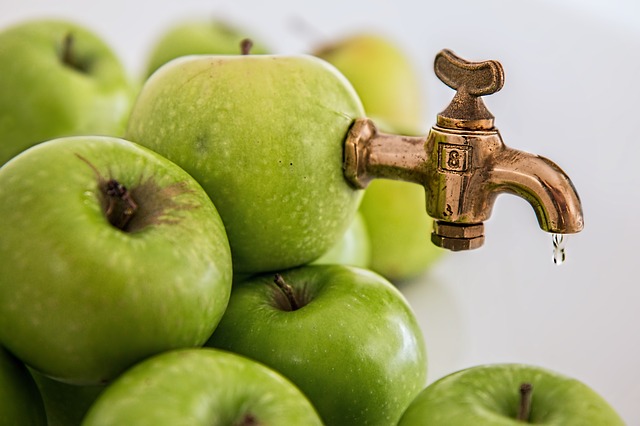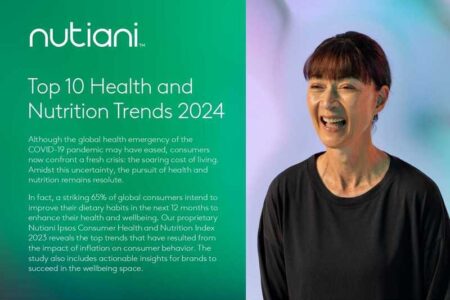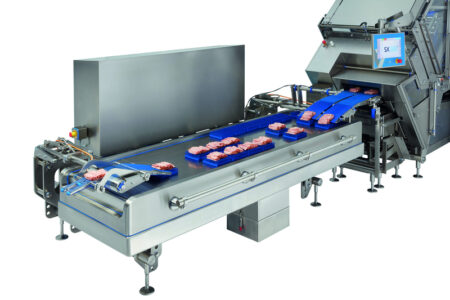Informa predicts rise of apple juice prices in Europe

Informa’s Agribusiness Intelligence has revealed its predictions for the global fruit juice market.
According to the data provider, orange juice production will continue to decline in Florida, a former leading region for production. A bumper year of apple juice production from China has eliminated competition from Polish producers while pineapple juice will continue to remain relatively cheap for the year ahead.
China has had a strong year for apple production – producing 45 million tonnes of apples. China has been able to produce so much apple juice concentrate (AJC) that they can effectively compete in the EU market despite the tariffs imposed.
However, this is bad news for Polish producers where a moderate harvest and more apple brokers and farmers locking up fruit in cold store have led to a decline in the amount of AJC produced this year. Processors in Poland have been importing apples from China to meet this demand, and Chinese fruit companies have begun buying up Polish distributors in response.
Prices for imports of Chinese AJC in the EU is expected to reach $1150 per tonne and could reach $1250 per tonne while still undercutting Polish producers, in line with Informa’s Agribusiness Intelligence’s predictions from 17 August 2017.
In the global orange juice market, demand remains stagnant as consumers continue to move away from fresh orange juice and from concentrate. Demand is shifting toward smaller pack sizes and blended juice products in response to simultaneous concerns over health and price. However, a dip in the supply of sweet oranges from Florida is keeping prices high.
Florida, one of the biggest producers of orange juice historically, has had a poor year of production following Hurricane Irma. The USDA has recently revised the estimates for production of oranges down and production is now expected to be 46 million boxes, which is a massive decline from the 250 million boxes of a decade ago.
Egypt and Spain continue to lead world orange exports, with less fruit being diverted to orange juice concentrate. This means there is less of its by-product, orange oil, which is used widely in the cosmetic, perfume and pharmaceutical industry. This, in turn, is pushing up the price of oranges in these markets. In Europe, consumption of orange juice remains weak. At the time of writing, imports of Fresh Concentrated Orange Juice (FCOJ) are priced at $2250 a tonne Cost and Freight (CFR) duty unpaid and this is expected to remain steady for 2017-18.
In the pineapple market, Thailand continues to be the biggest global producer and determines global prices. Thailand is currently undergoing a cyclical decline in the price of pineapple juice caused by strong production. While there are no problems with high nitrate levels, as in previous years, demand for pineapple juice in the EU is still weak as a result. While it is expected that prices will recover in H2 2018, it is taking some time, Informa says. Fruit juice blenders are yet to reinclude pineapple juice significantly in tropical fruit products while supermarkets are slowly putting pineapple juice back onto shelves.
Neil Murray, analyst at IEG Vu, part of Informa’s Agribusiness Intelligence, concludes, “This year has seen some significant change in the global fruit juice industry, with apple juice demonstrating the power of competition from countries like China in international commodities. We are also proud to see another three of our earlier forecasts proved accurate, following last year’s successive predictions on the fruit juice market.
“This year, we are expecting overall demand for fruit juice to continue to decline but orange juice prices should remain consistent.”



